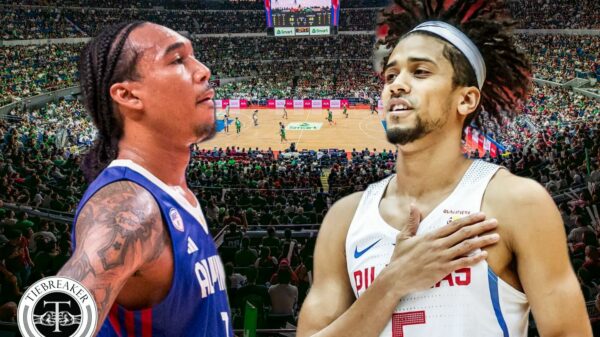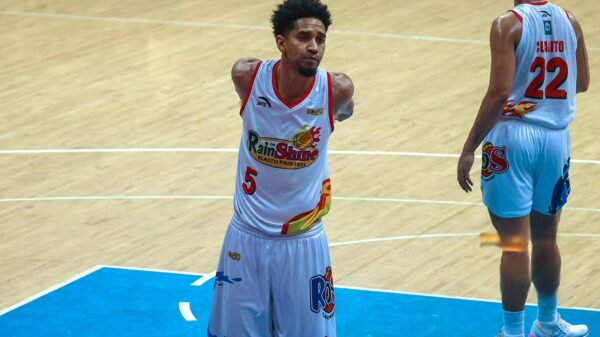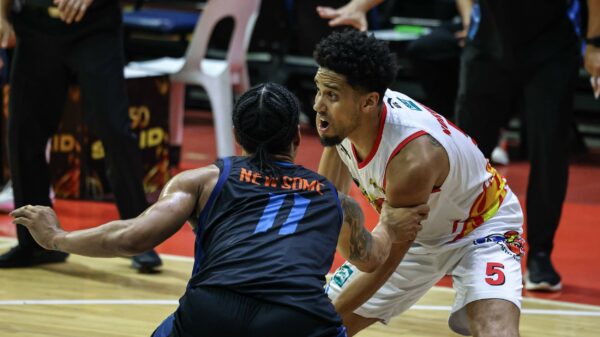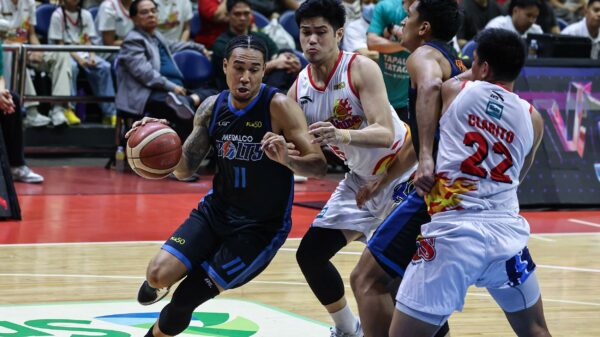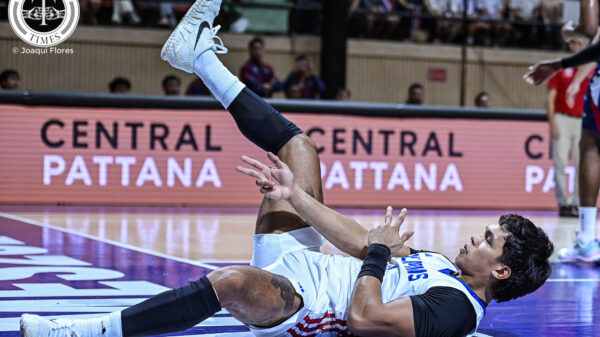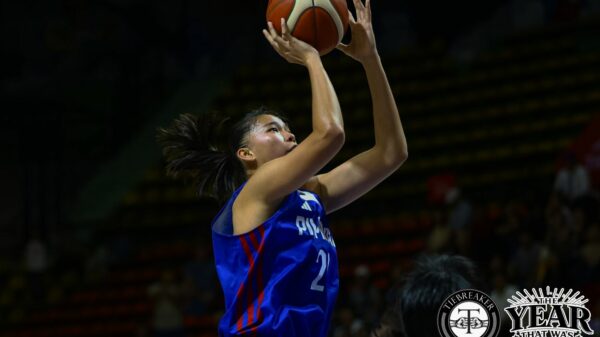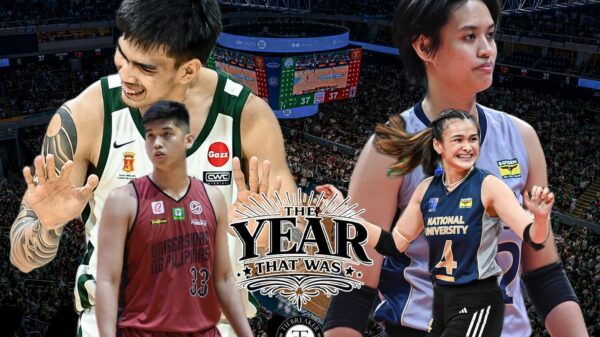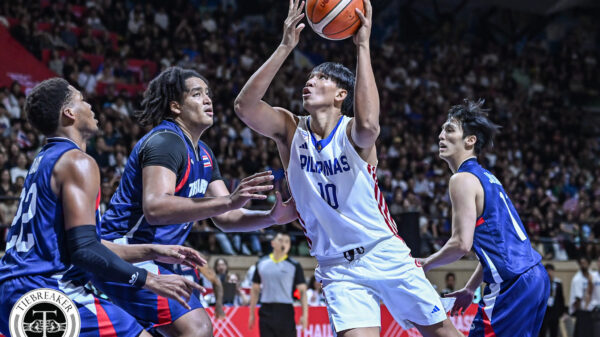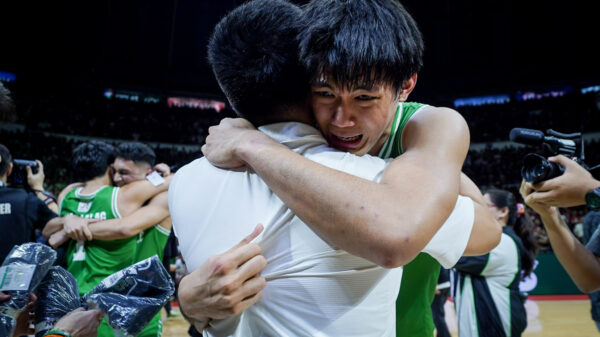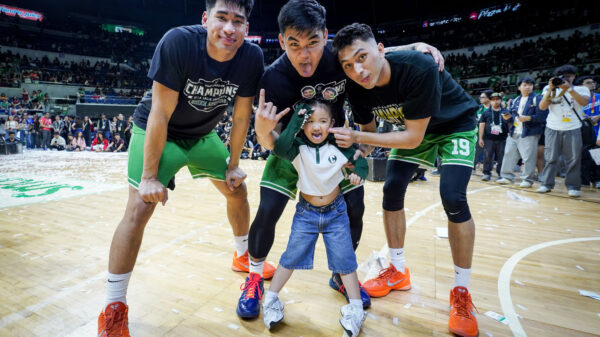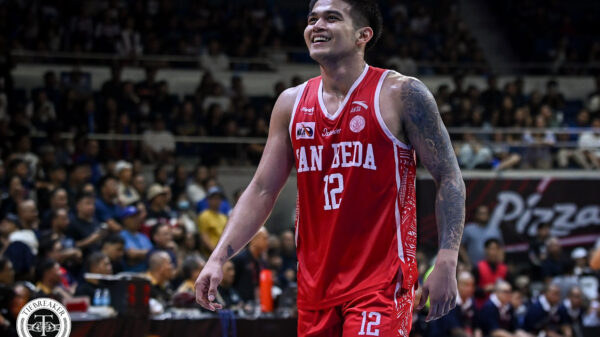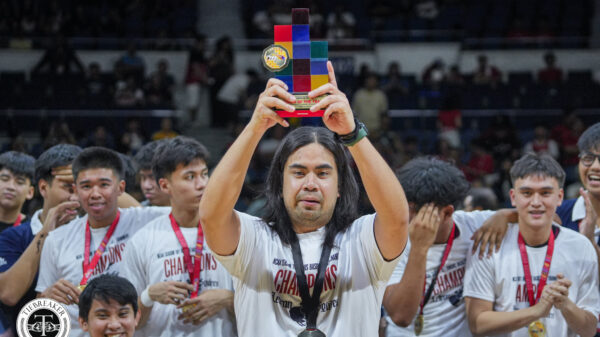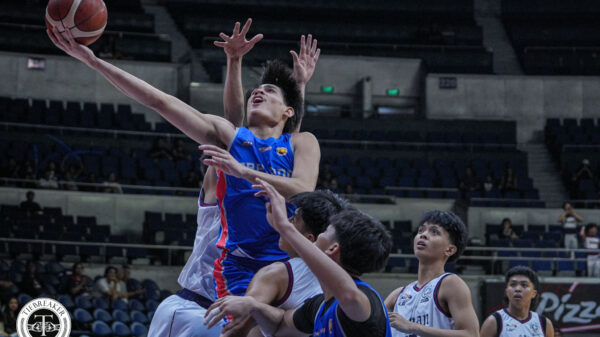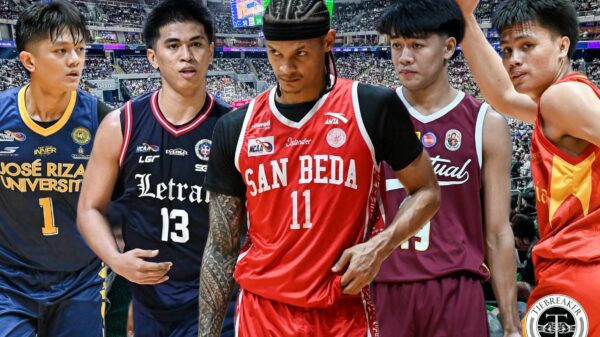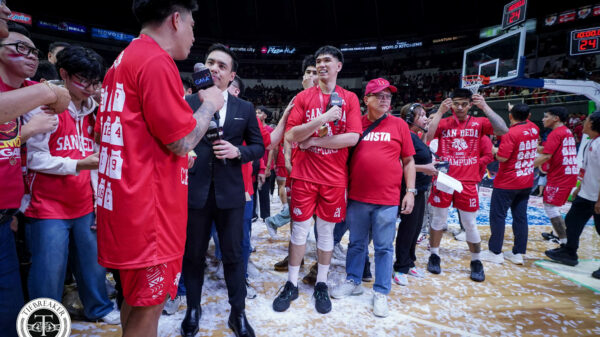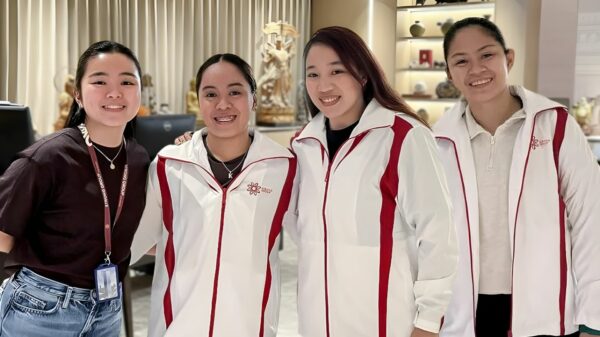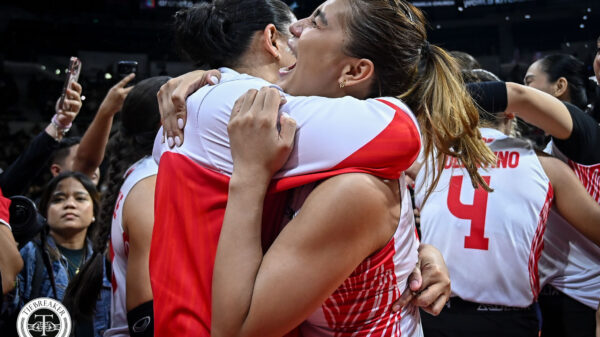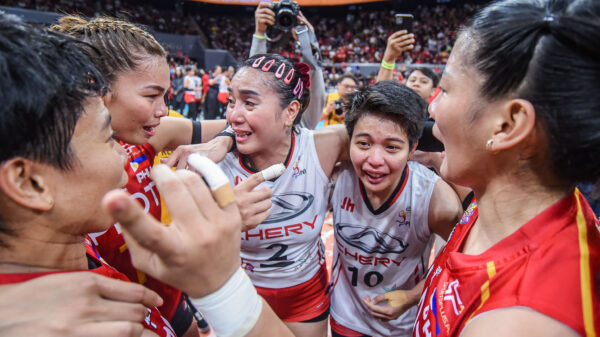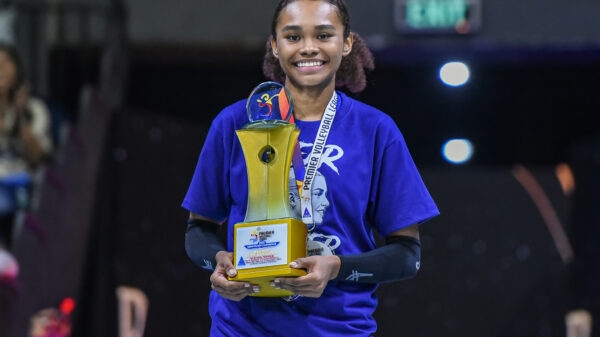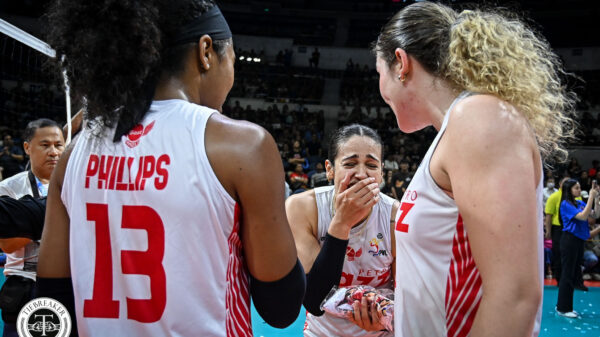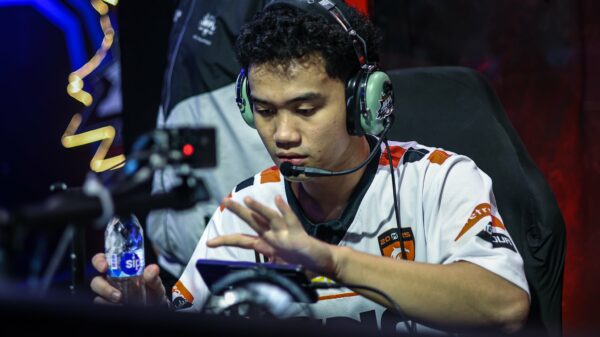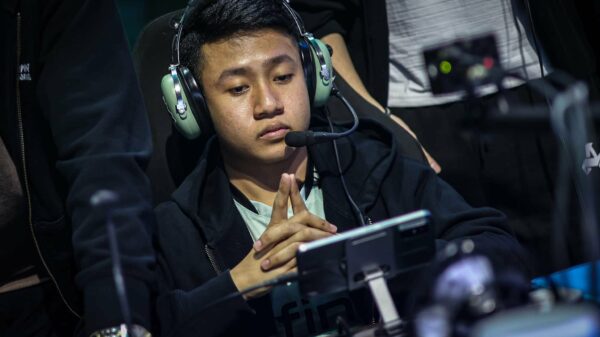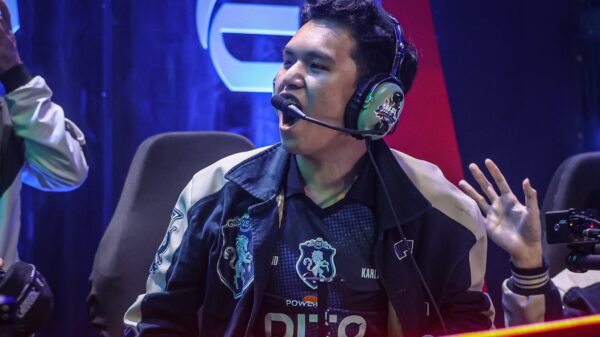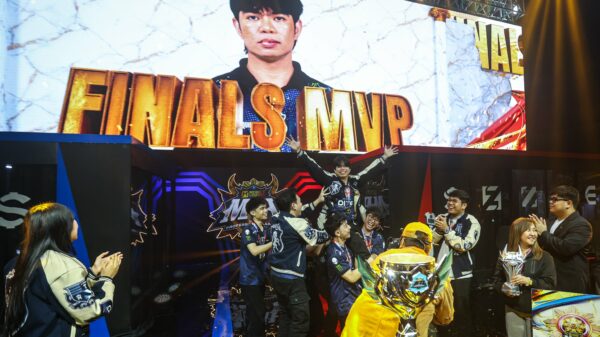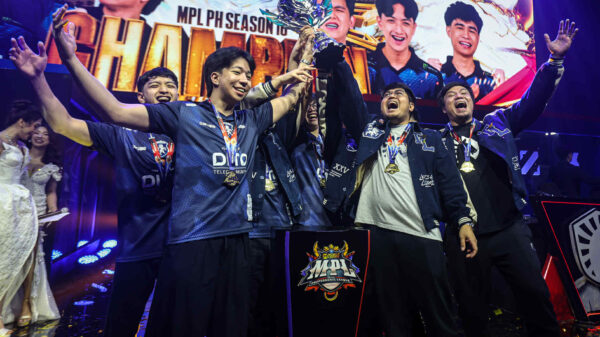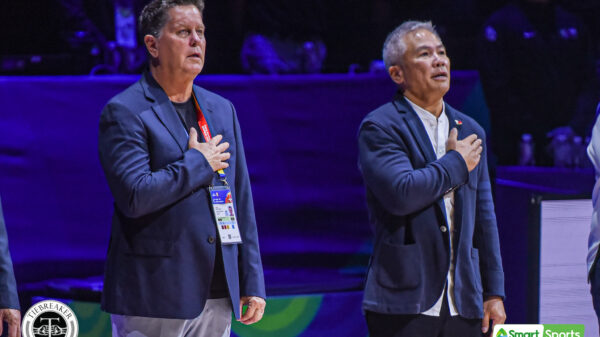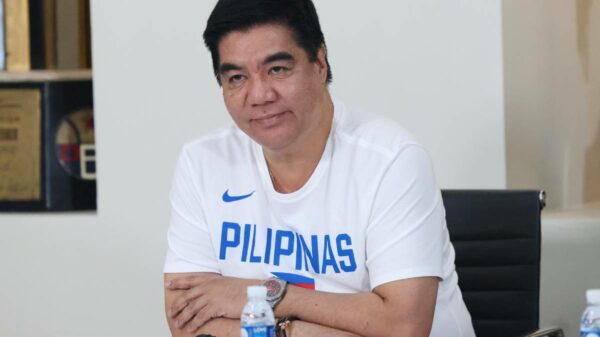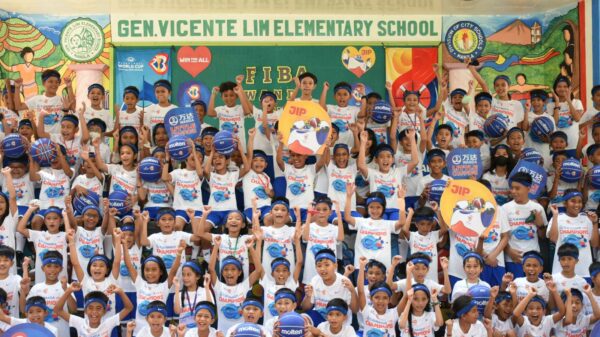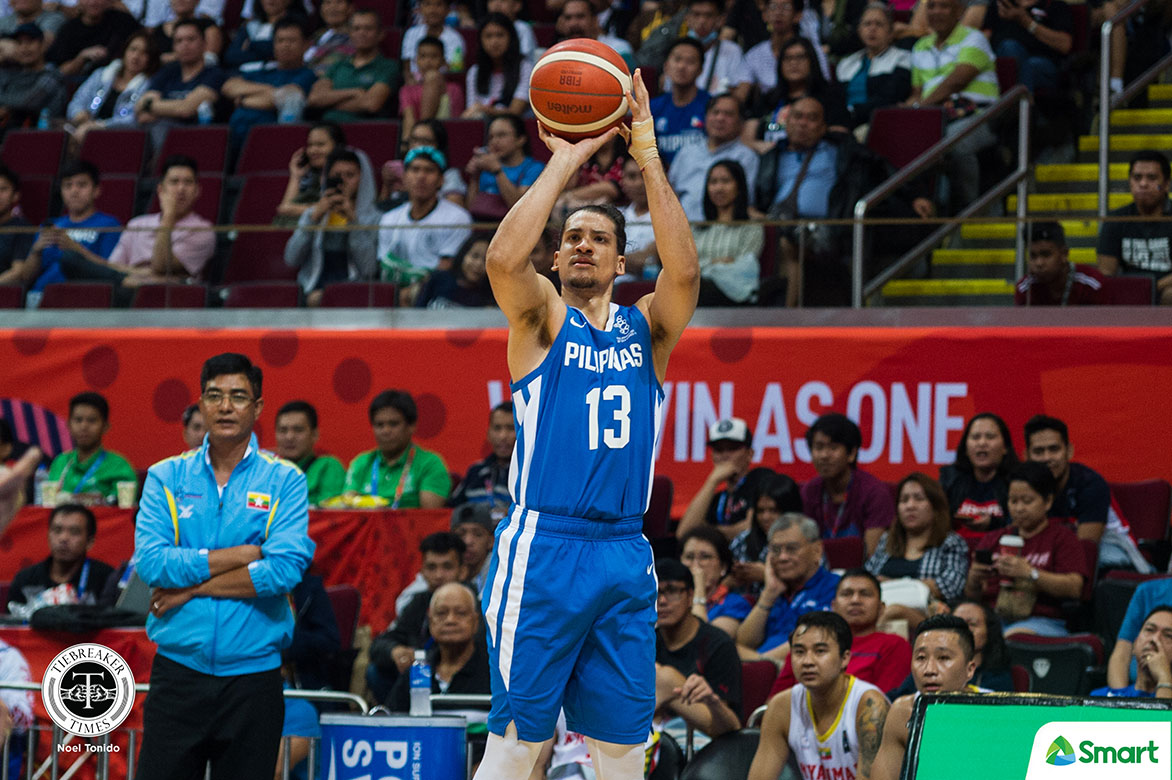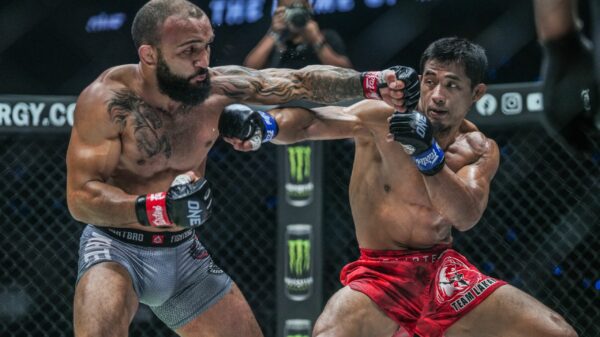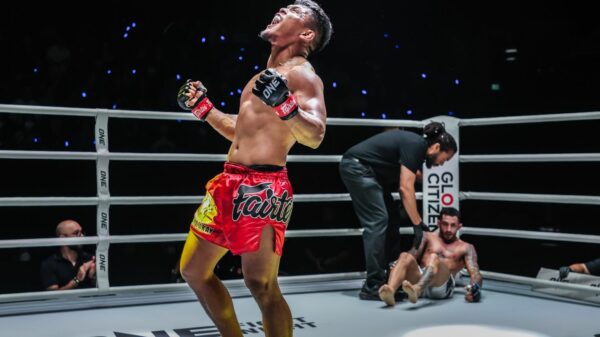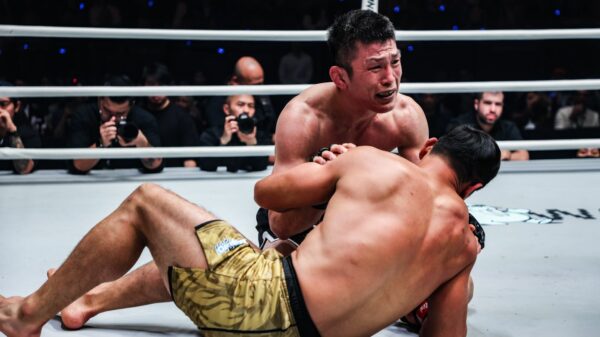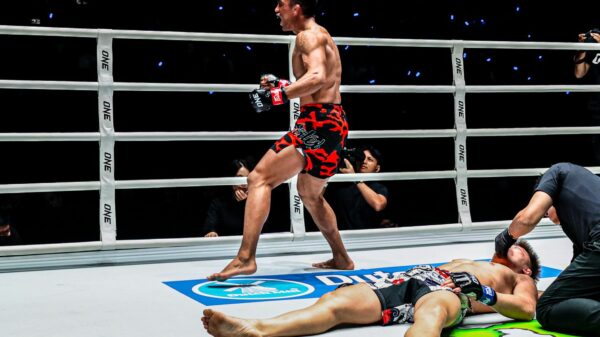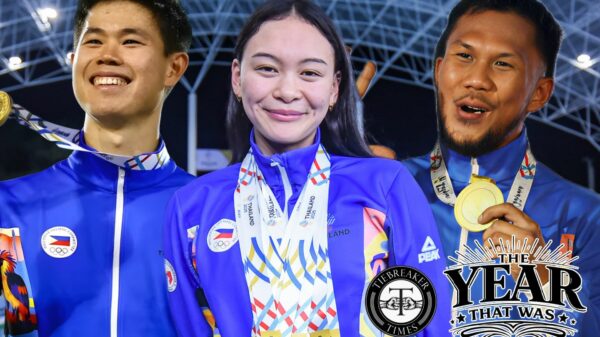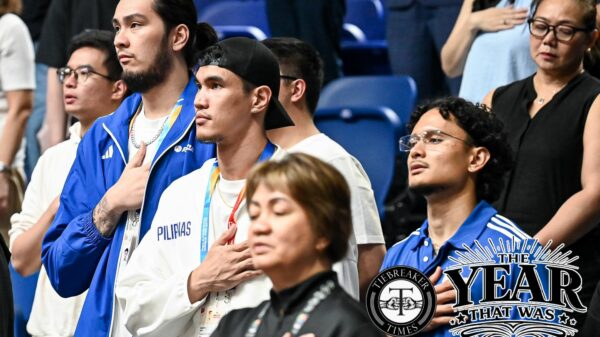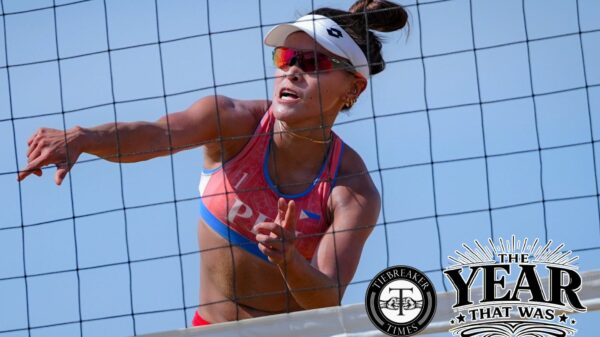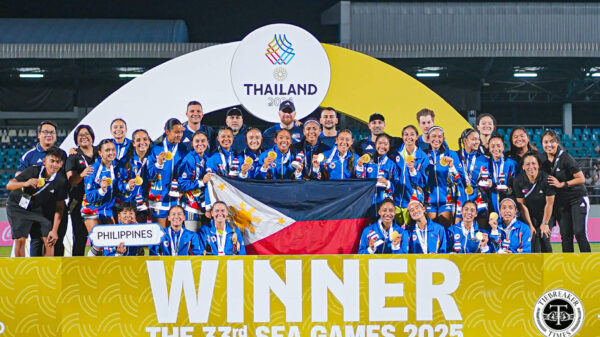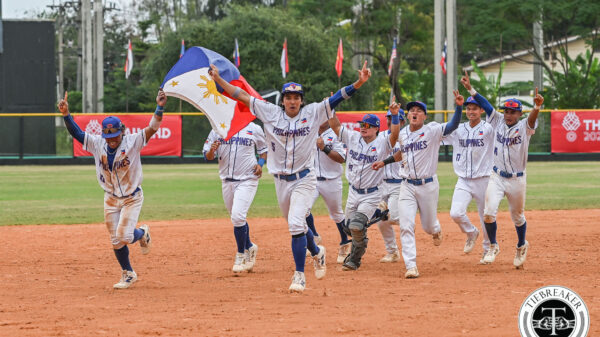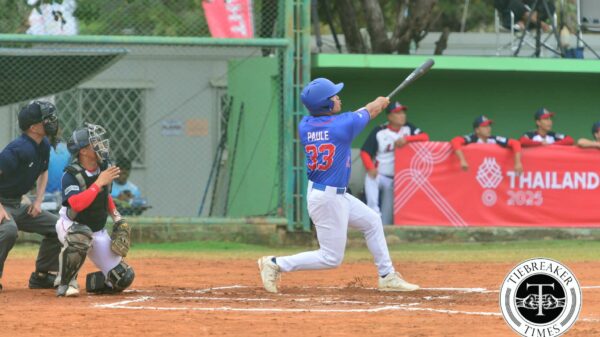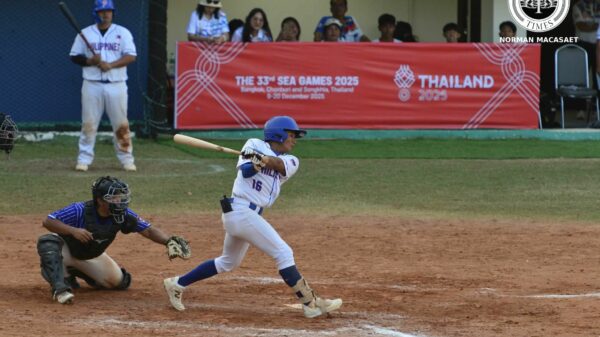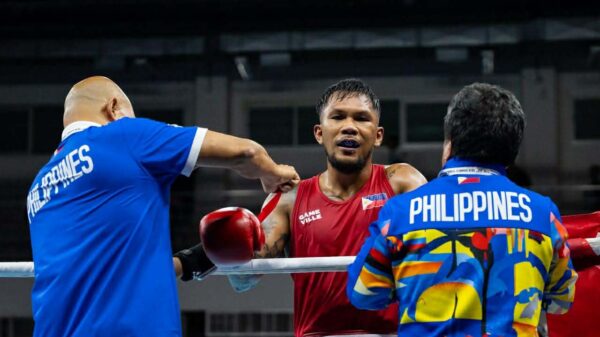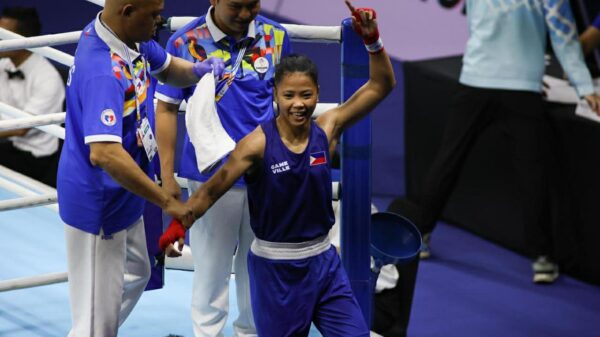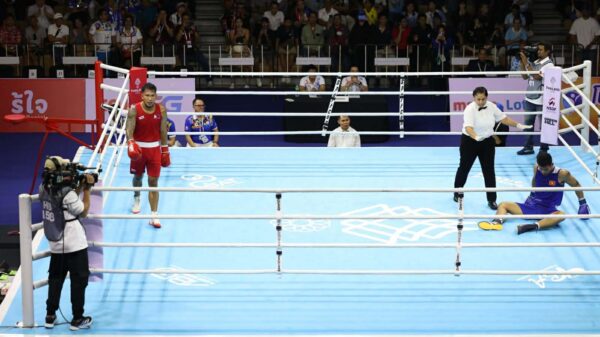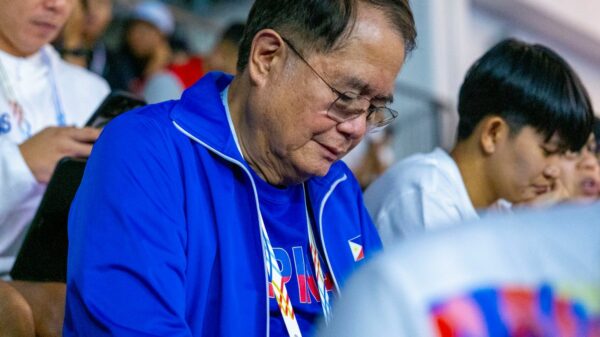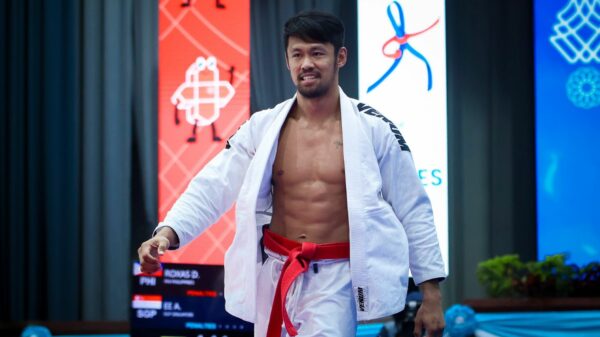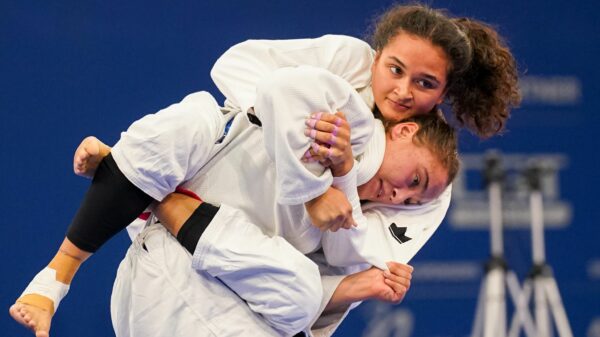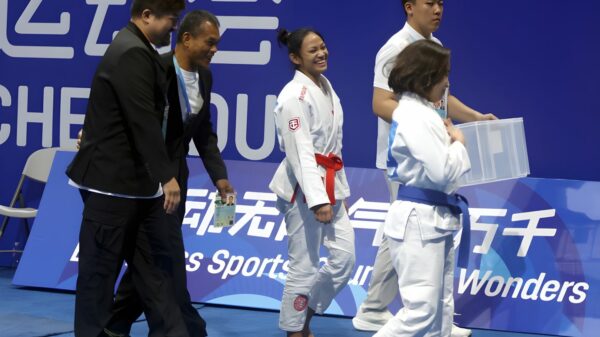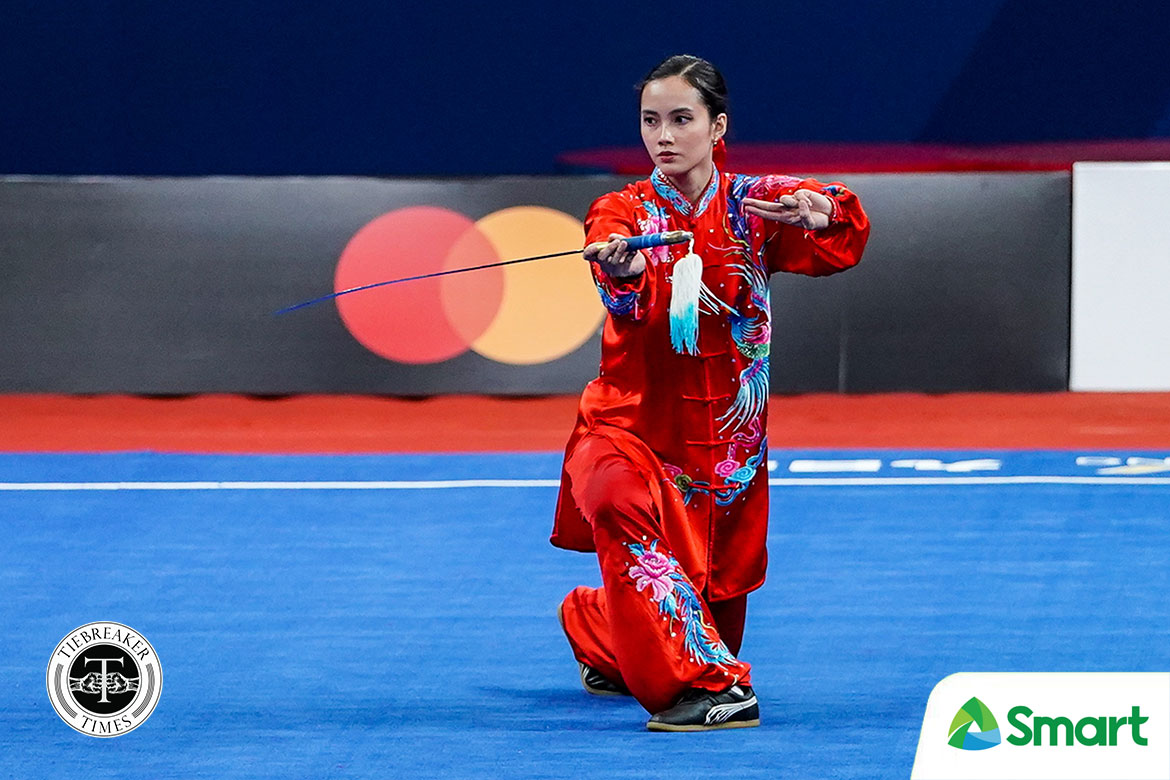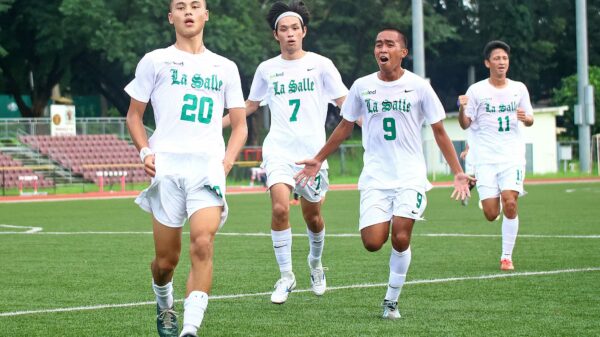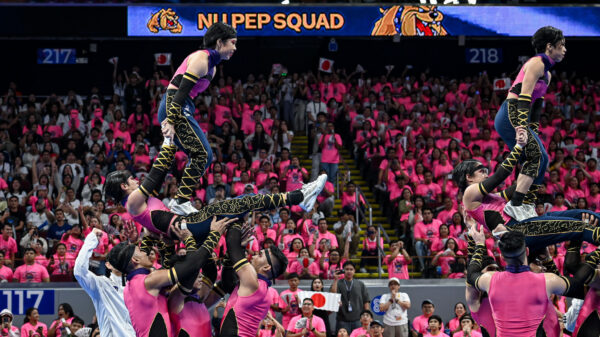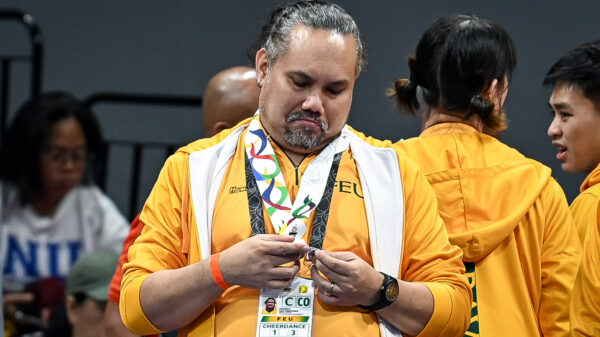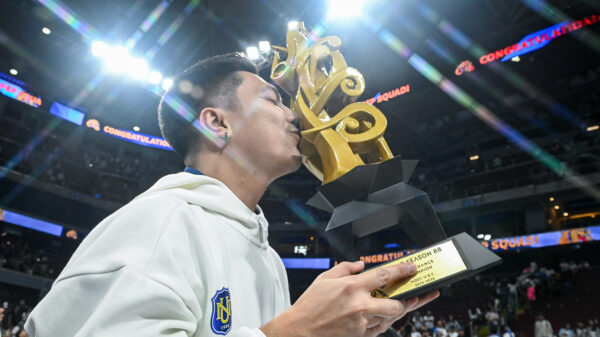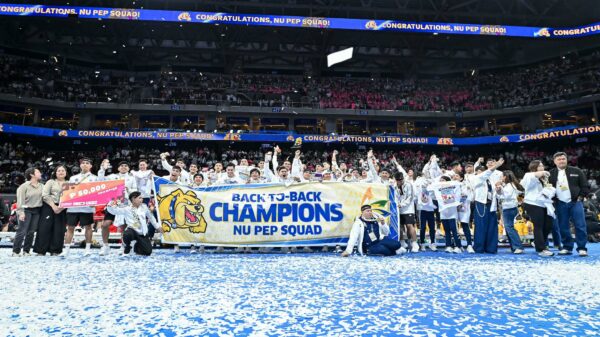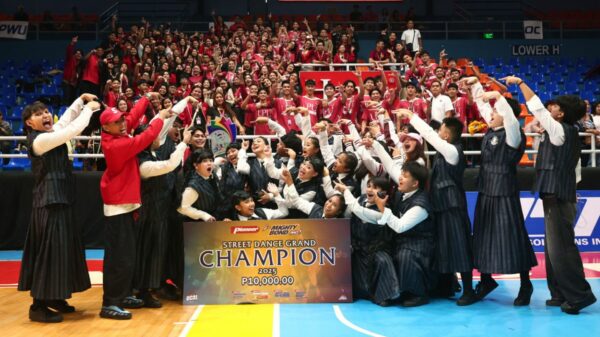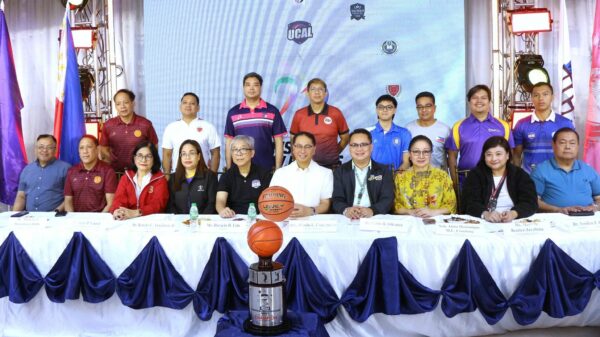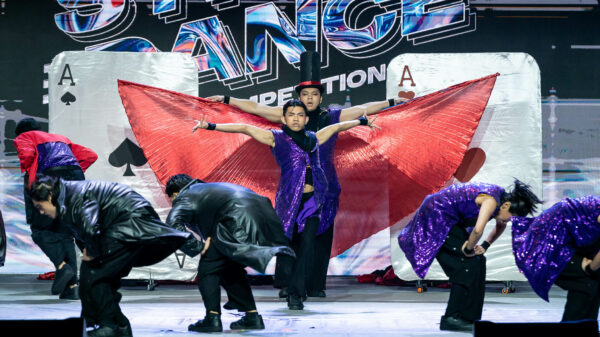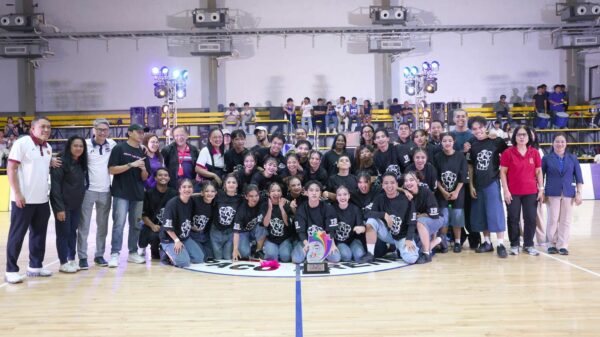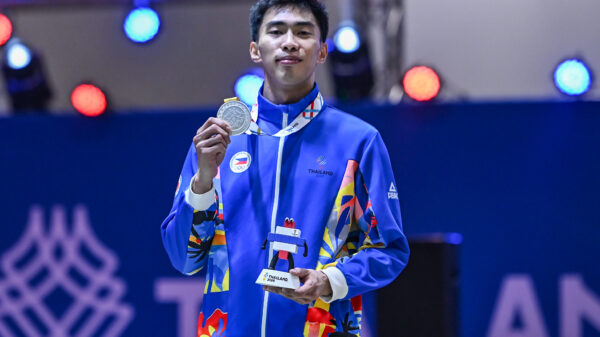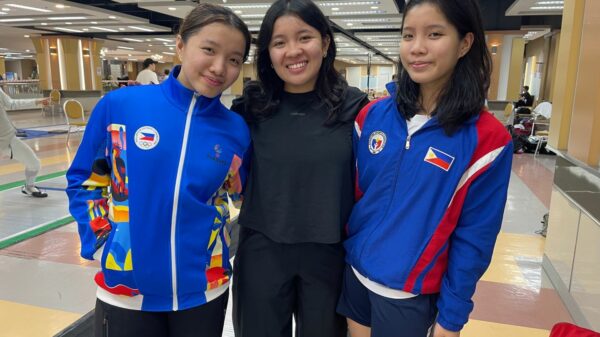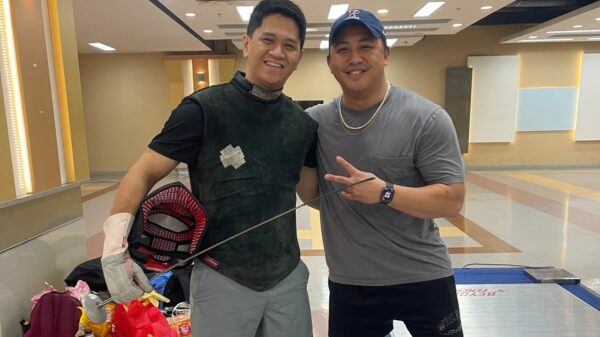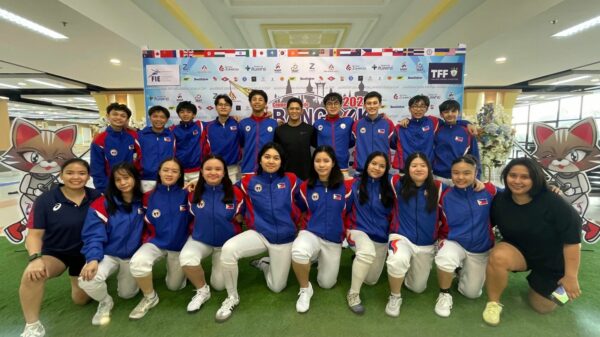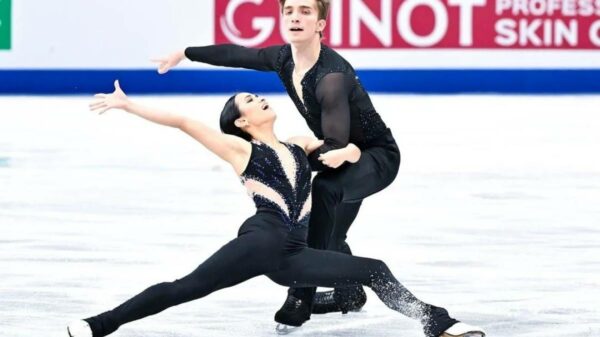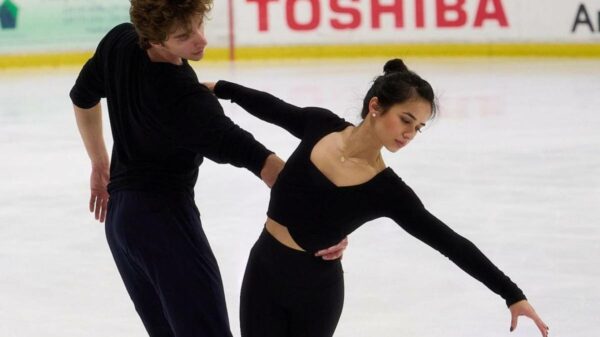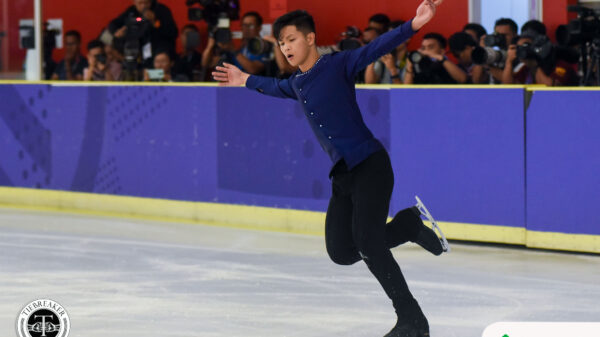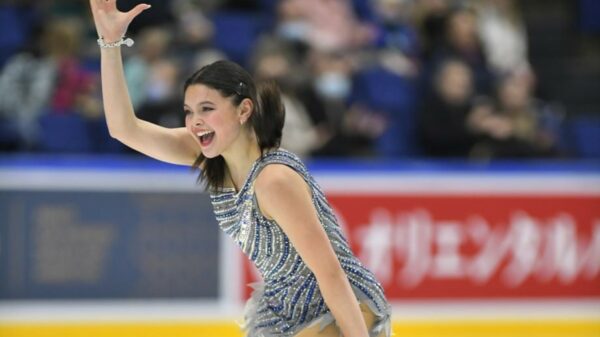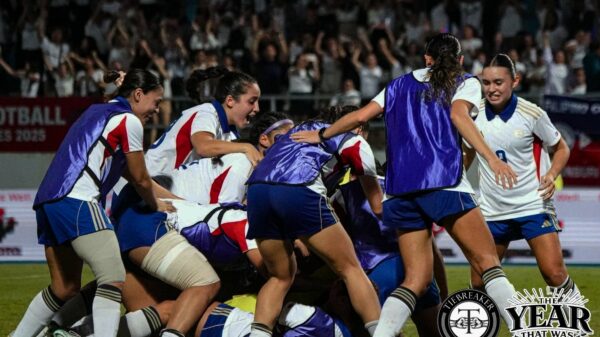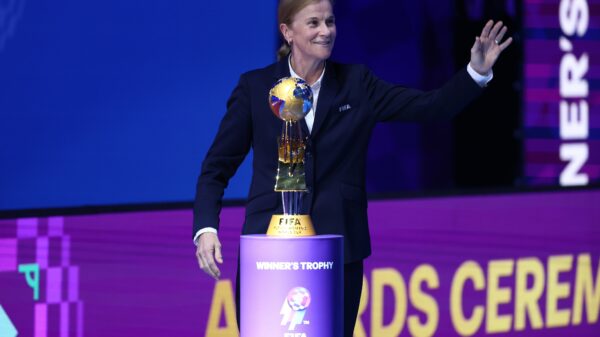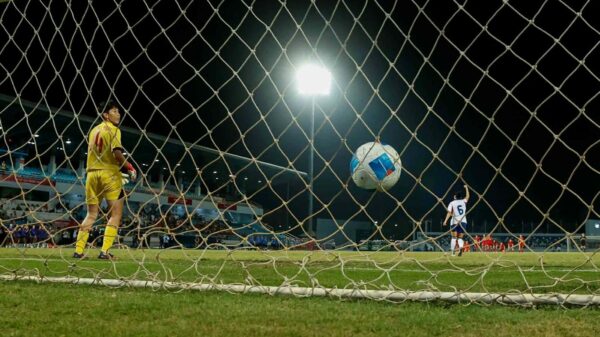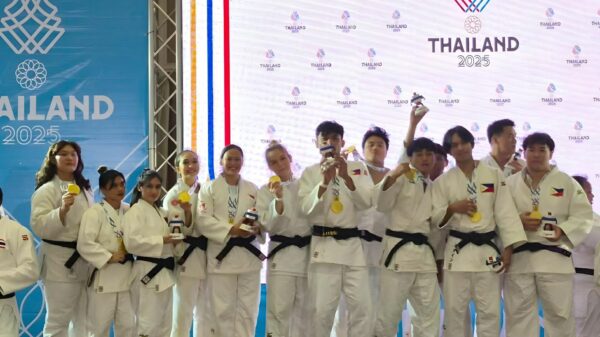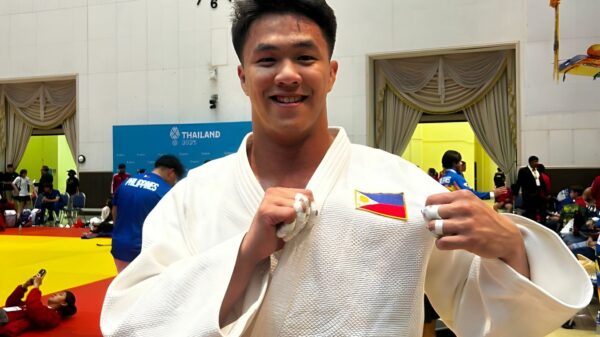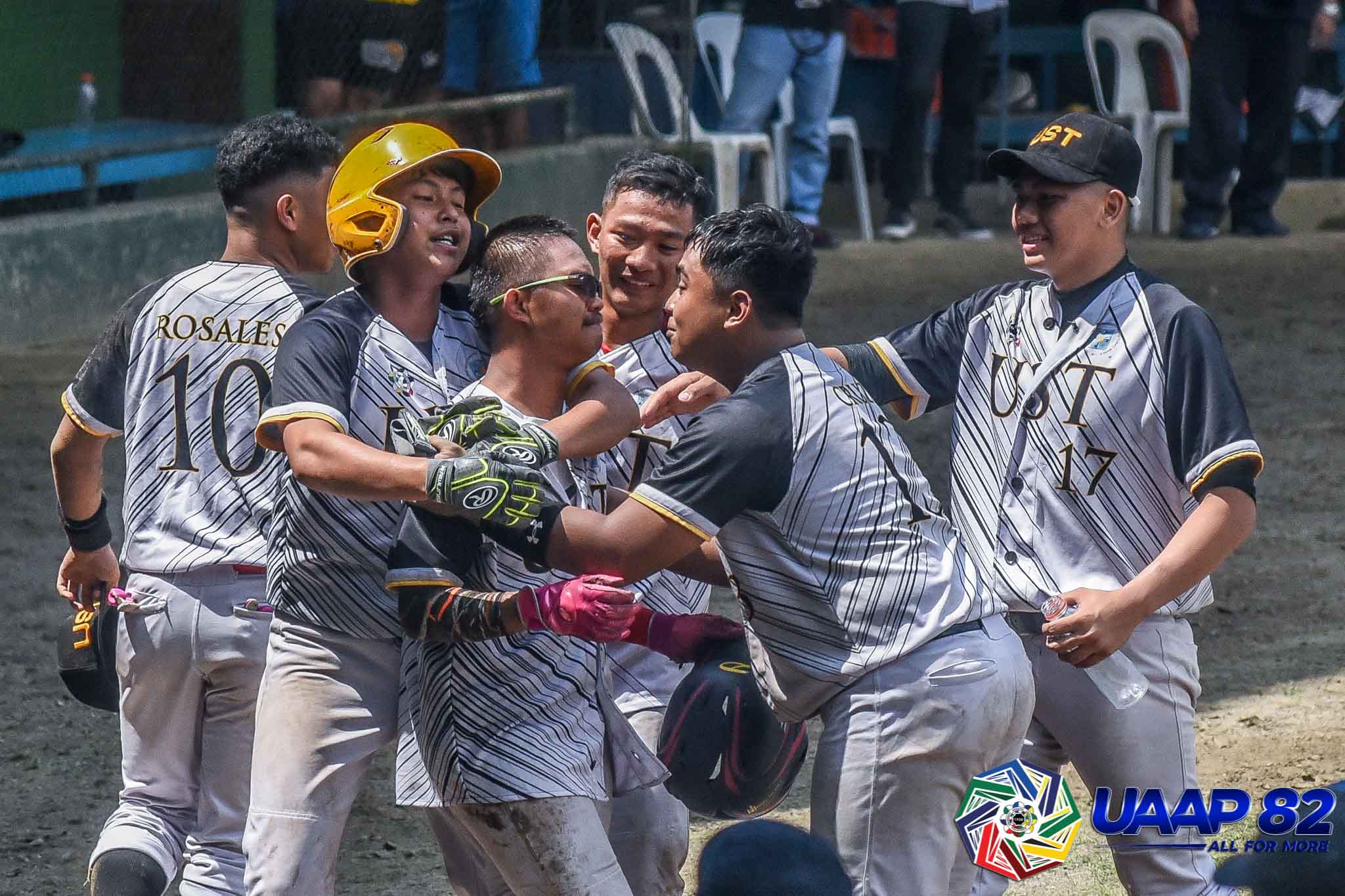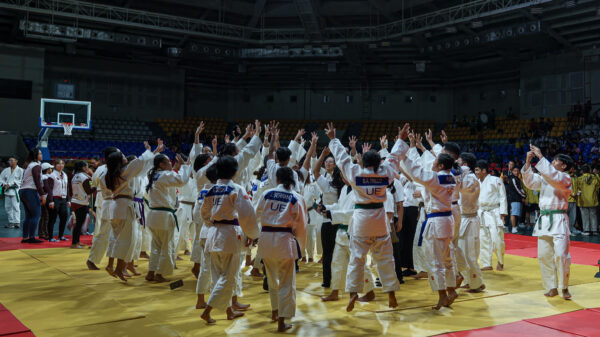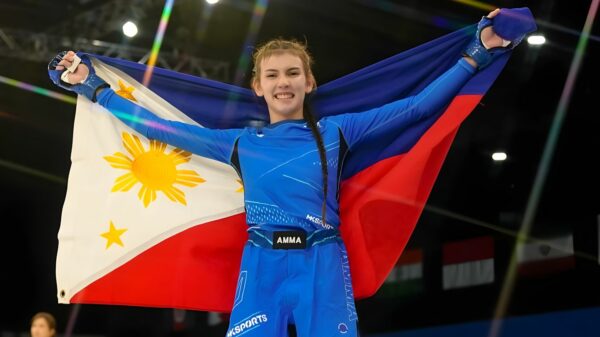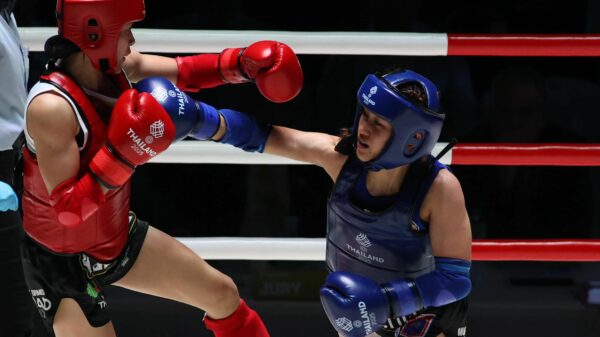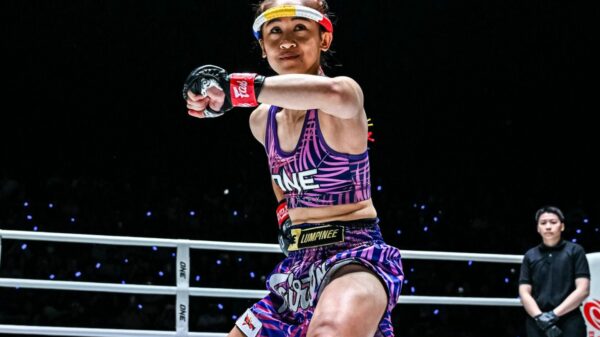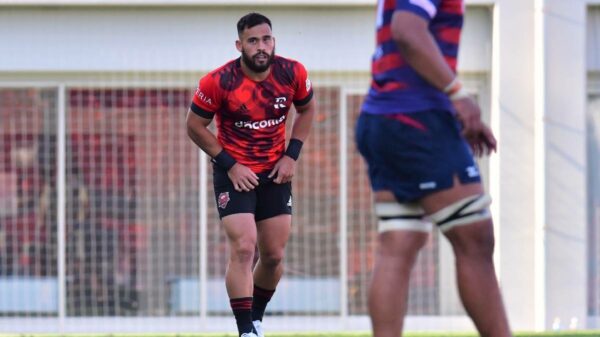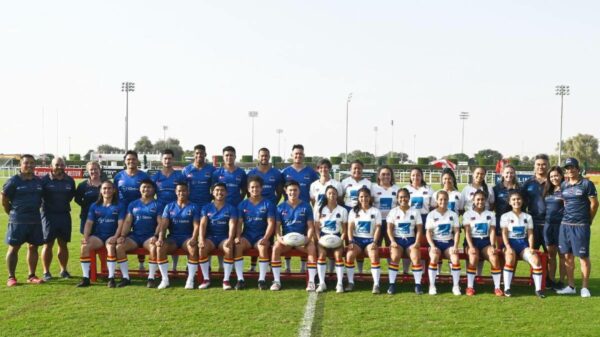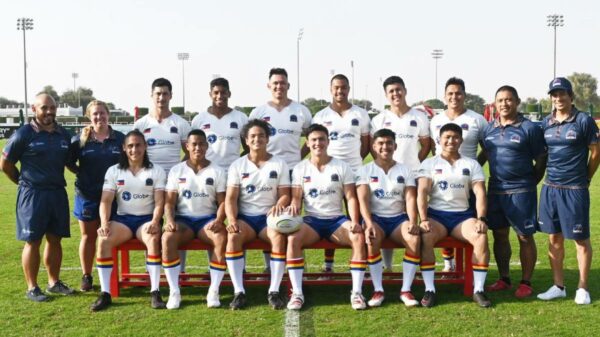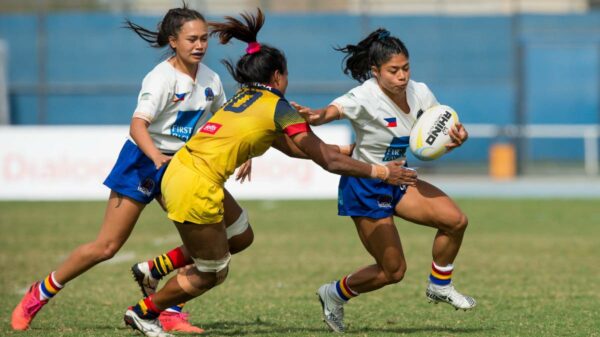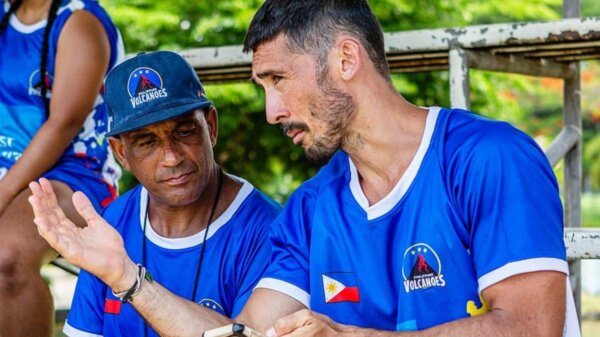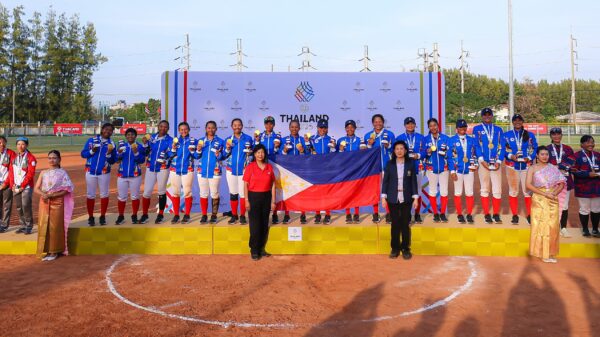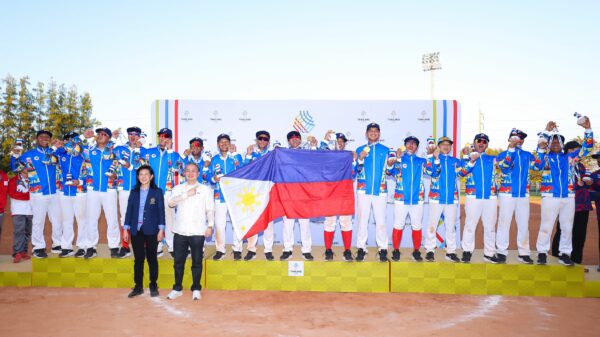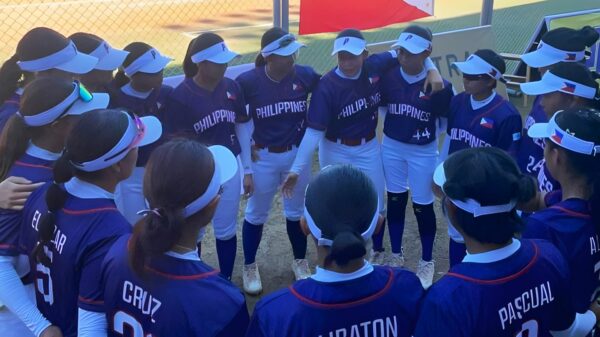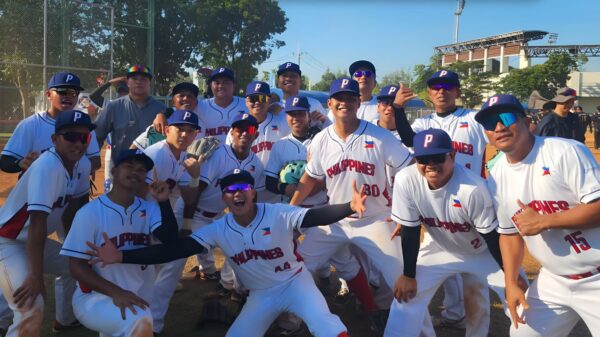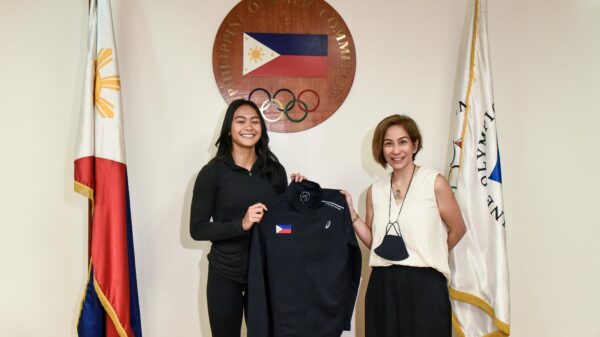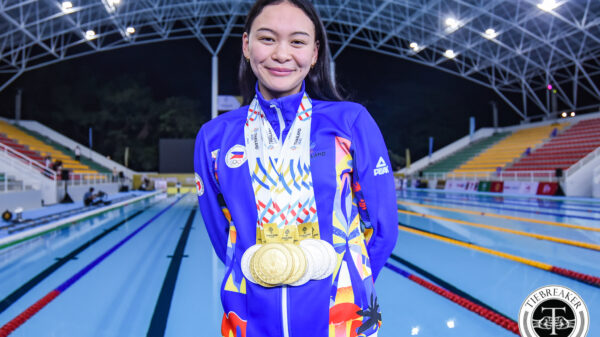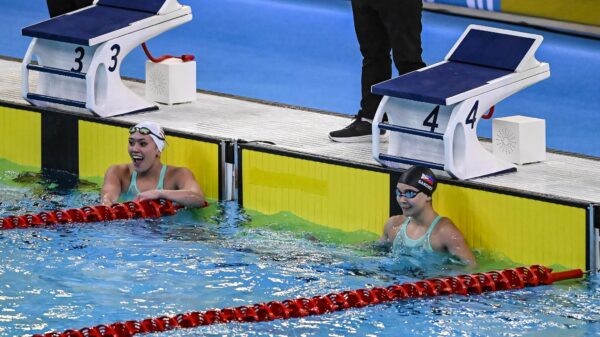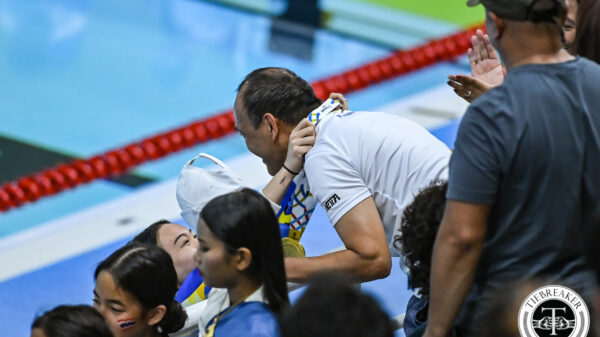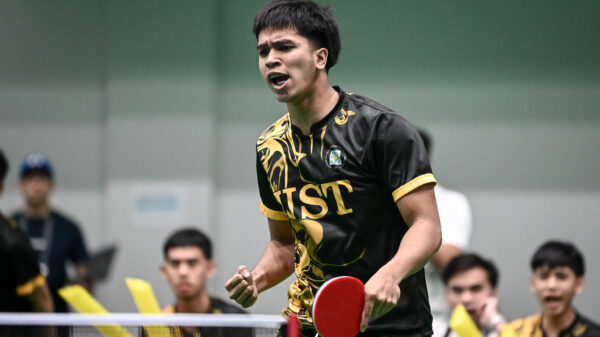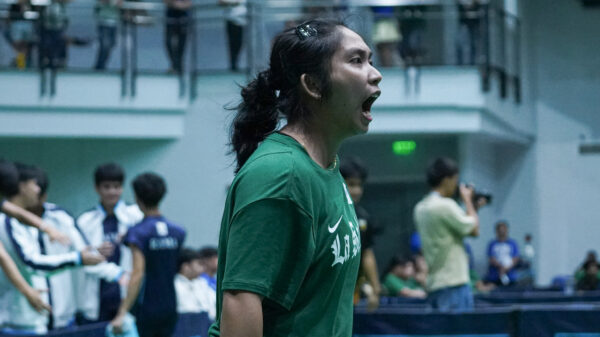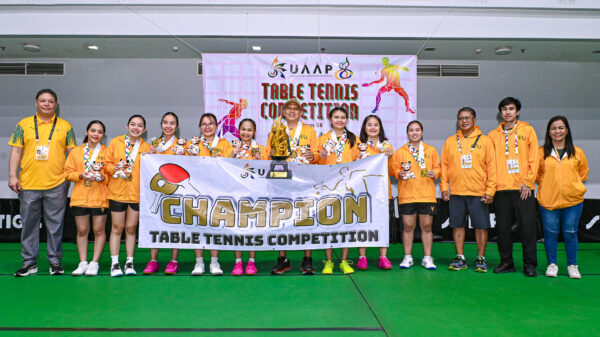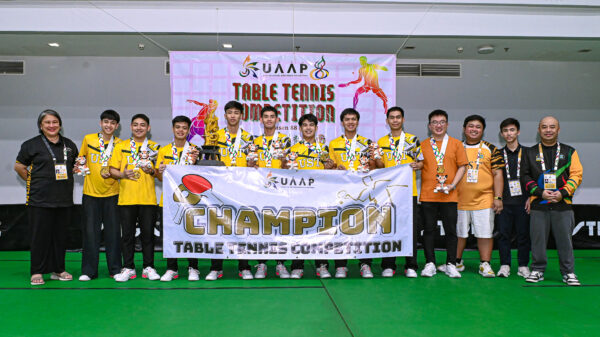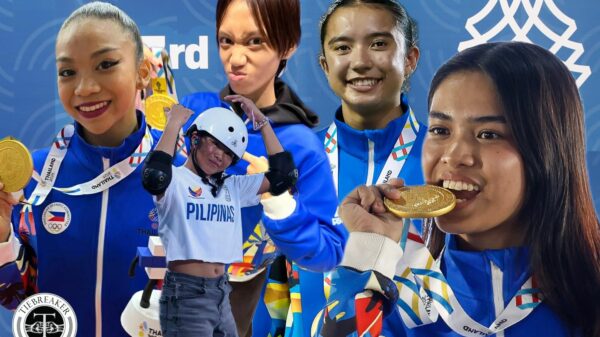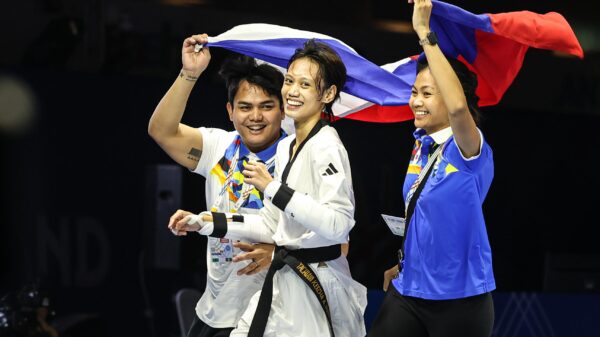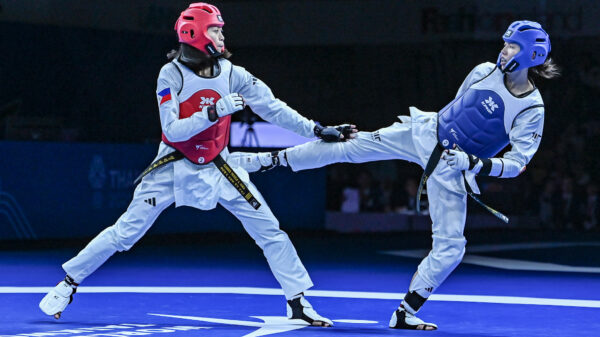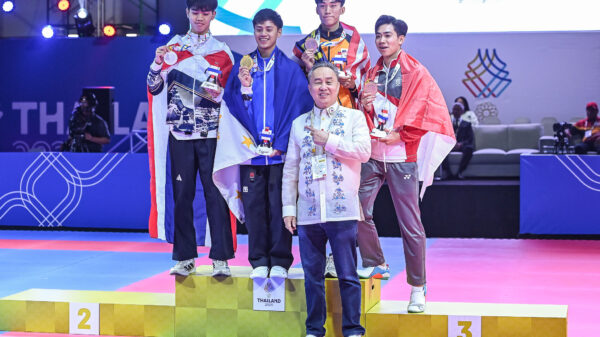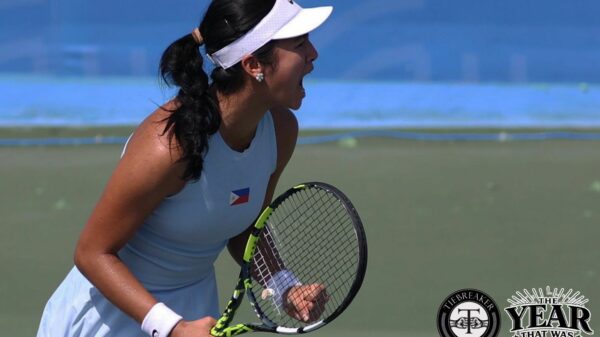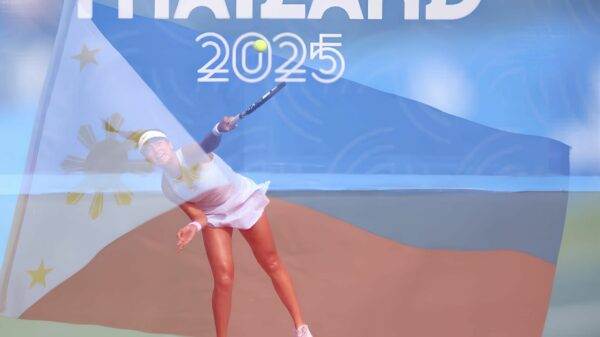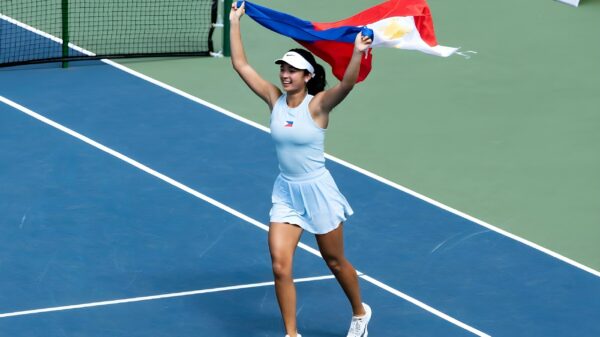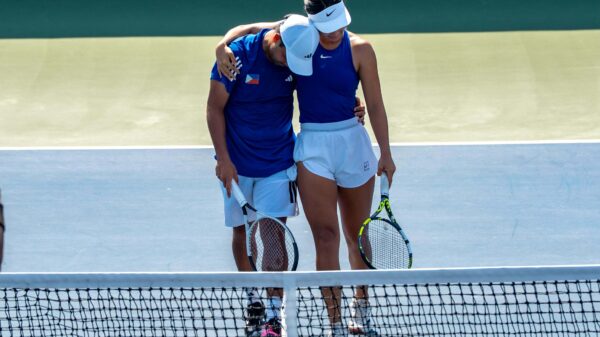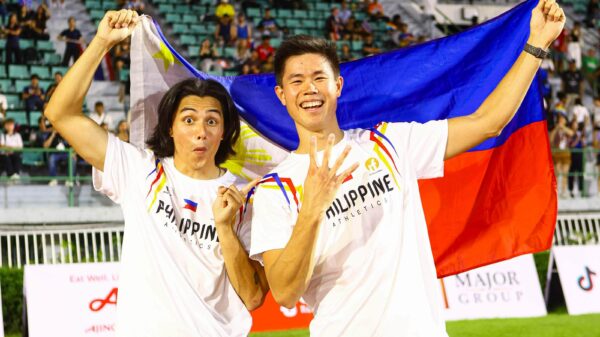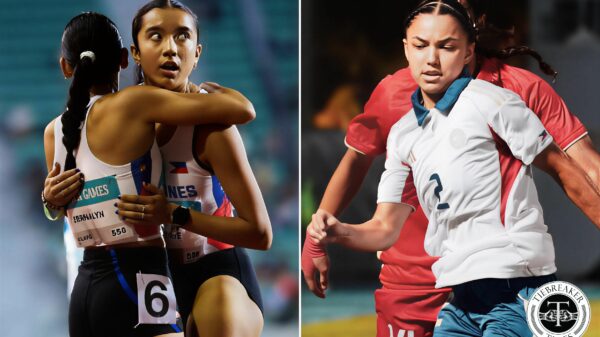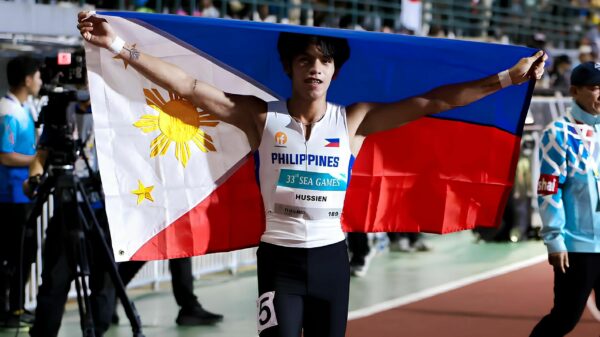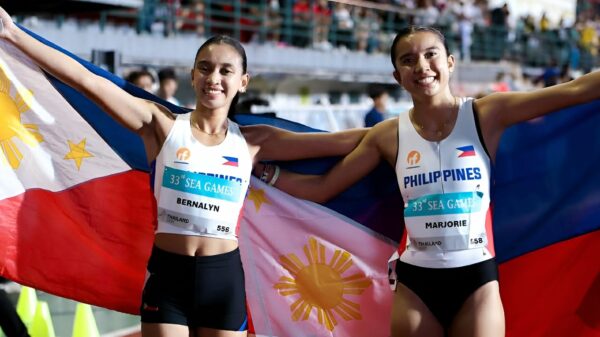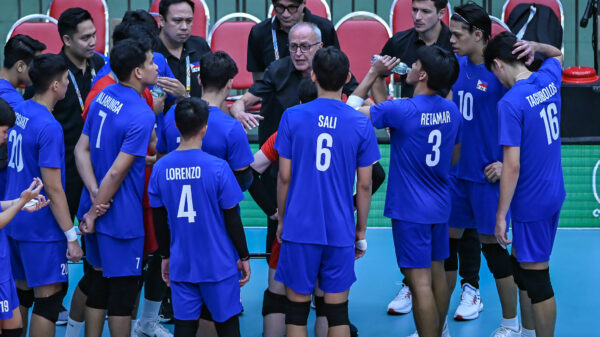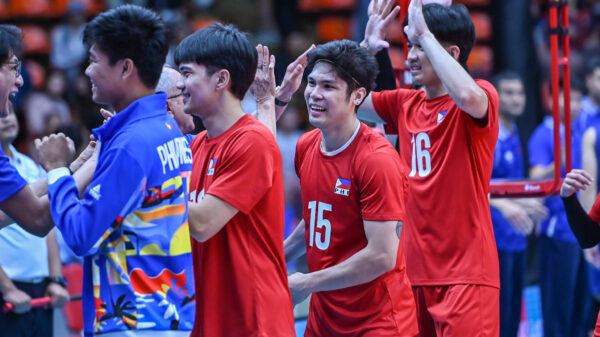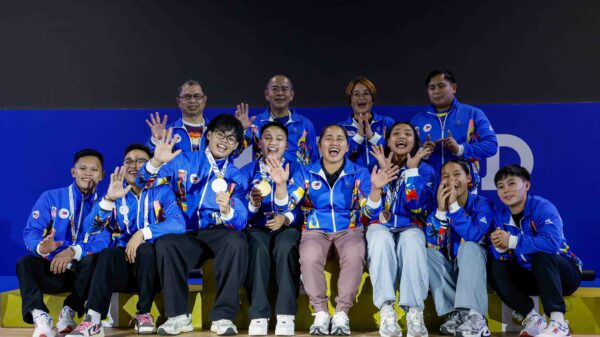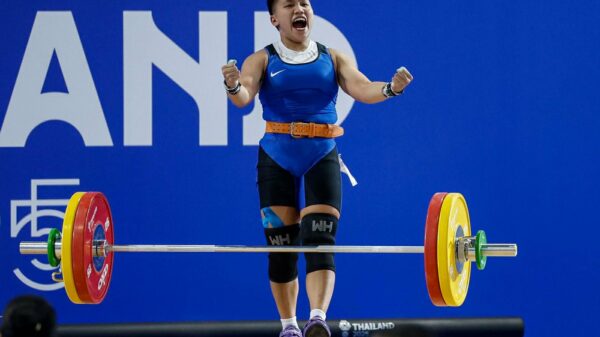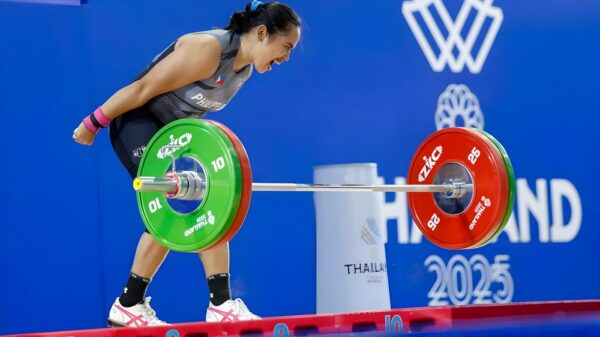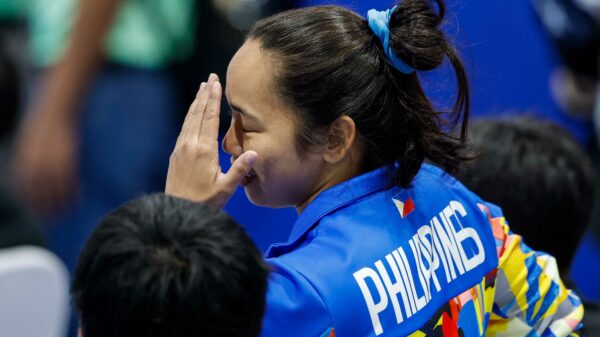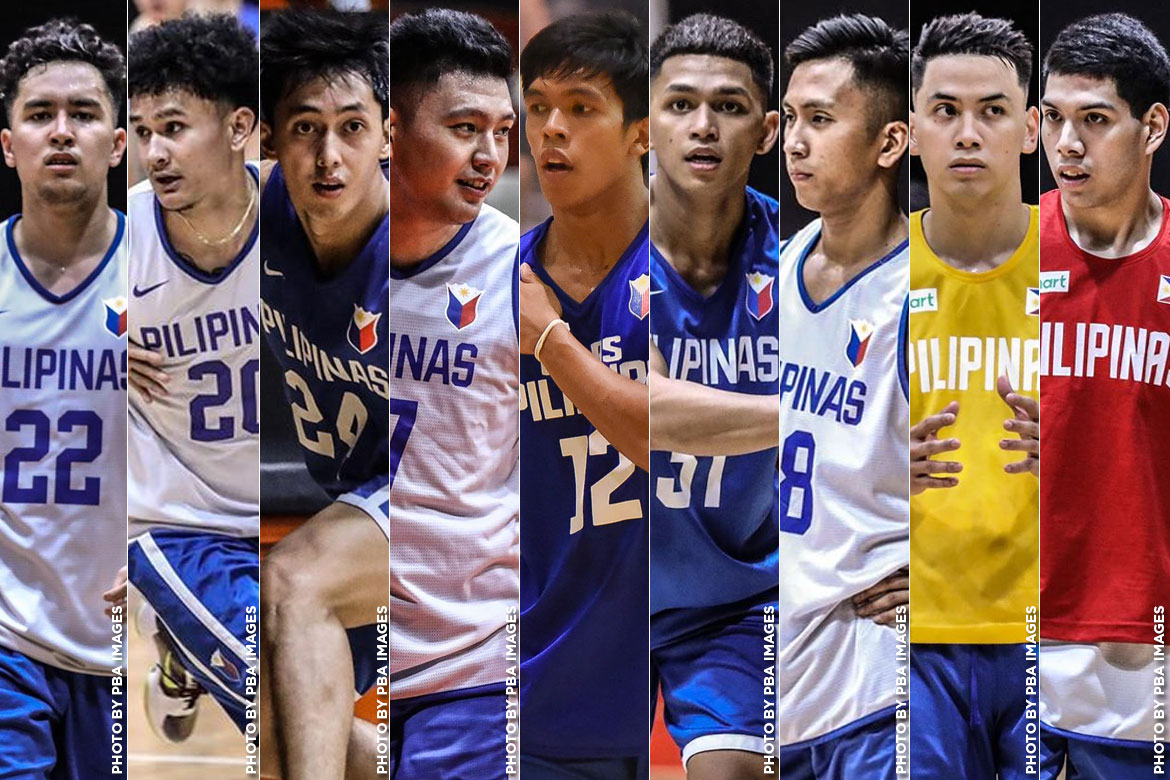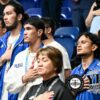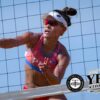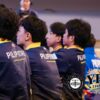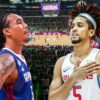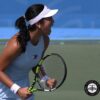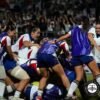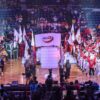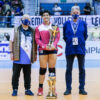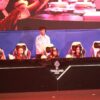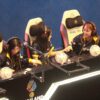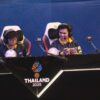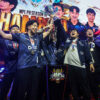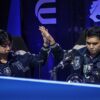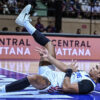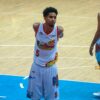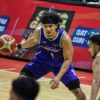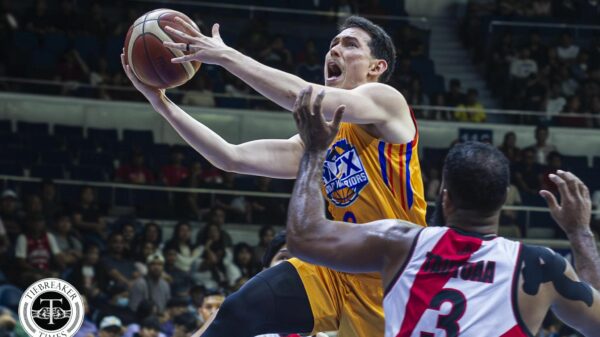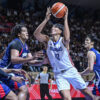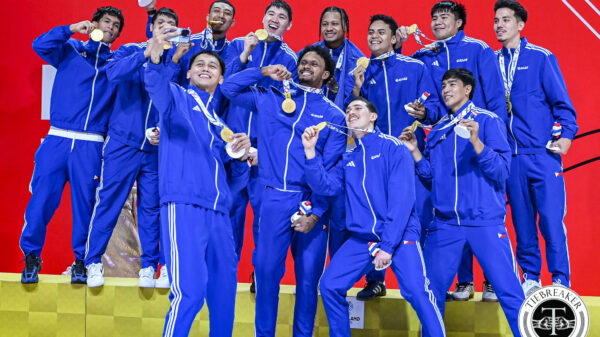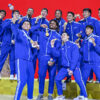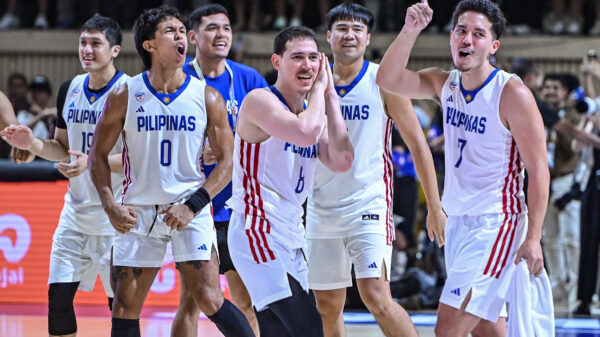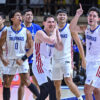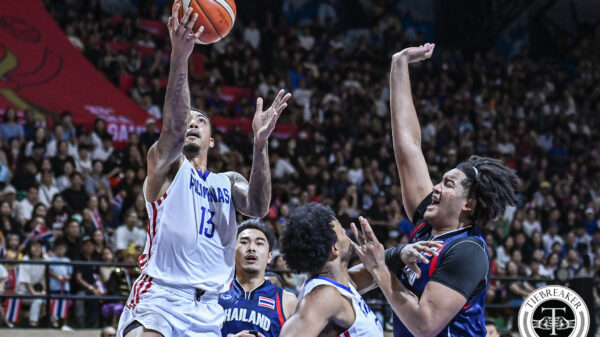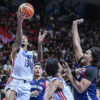Tab Baldwin revealed the framework of the program that he is trying to build for Gilas Pilipinas.
The ongoing plan for Gilas is to gather as many young talents as it can, who can have an impact on the program, whether it is on or off the court. With this, the Samahang Basketbol ng Pilipinas took its first step by reviving the Special Gilas Draft in the PBA.
Collegiate stars such as Isaac Go, Rey Suerte, Matt Nieto, Allyn Bulanadi, and Mike Nieto were the members of the draft while Thirdy Ravena, Jaydee Tungcab, Dwight Ramos, and brothers Juan and Javi Gomez de Liaño were added to the pool later on.
“I think there’s an umbrella that… There are a few umbrellas, actually, that cover what we can do and what we want to do. First of all, we’ve decided as the SBP on a direction that we’re going to go, which is to build this program with an injection of youth looking forward to 2023 and ultimately, 2027,” shared Baldwin during Tiebreaker Vods’ Coaches Unfiltered pod, presented by SMART Sports.
“That’s really our horizon. So that, of course, impacts which players will be available, which becomes the governing factor in which players we want to take because, you know, we don’t have this massive pool of players that we’re looking at.”
The American-Kiwi mentor also admitted that Gilas will be relying heavily on PBA players, while also picking out a few in the current crop of young players at their disposal to complement the pros — the same as in the first window of the 2021 FIBA Asia Cup Qualifiers.
The 12-man lineup that went up against Indonesia consisted of seven PBA players along with Ravena, Ramos, Go, Juan Gomez de Liaño, and Matt Nieto.
But Baldwin also stressed that it will only be a short-term solution. As the program progresses, the SBP will inject more and more young blood so that it will be less reliant on pro talents.
“But as time goes by, that role will reverse. We’ll be looking for PBA players that will complement what we’re trying to do with the young players that we’re bringing in to be basically full-time Gilas players,” said Baldwin.
Baldwin — who steered the New Zealand Tall Blacks to a historic Final Four appearance in the FIBA World Cup back in 2002 — pointed out that an underdog country like the Philippines must go develop its own culture and stray away from how elite countries are doing in terms of preparation, in order to succeed.
“So, you know, with that umbrella over what we do in terms of selection, the other big umbrella that governs what we do is the philosophy that a smaller nation in basketball terms. And so what I’m talking about there is an underdog nation; a nation that doesn’t compete in the elite but wants to compete in the elite, in my opinion, must develop a playing point of difference,” shared Baldwin.
“So what is insanity? Insanity is doing the same thing over and over and expecting a different result. Well, insanity in terms of trying to compete at the elite level in the basketball world is trying to do what your opponents do, with them having superior talent and experience, and expect to be able to compete with them or beat them. So with that governing philosophy, it means we’re trying to look for something that will be a point of difference in terms of how we play.”
For Baldwin, going head-to-head against the cream of the crop of the basketball world will be very hard, especially for a country that lacks the physical gifts and experience. So, instead of mirroring their opponents in terms of the way they prepare, the Philippines must go on a different route and start with working on the players it has and build a point of difference from there.
“Now a lot of people might jump on that immediately and say, ‘Oh, I’m opening the door to the Philippines style of basketball.’ Well, maybe that will be factored in. Maybe. But I think more importantly, what we have to do is continue to look at how our talent presents itself to us. In other words, who we have, and what that combination of players looks like,” Baldwin said.
“And then look at what style of basketball, we think, will be the biggest problem for the elite teams in the world to confront. And then we work to develop that with coaching resources and the playing resources that we can bring together. I hope that some ideas without actually getting into too many specifics.”

